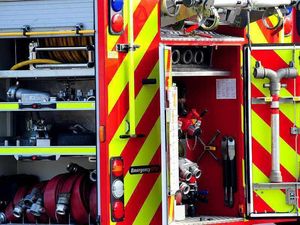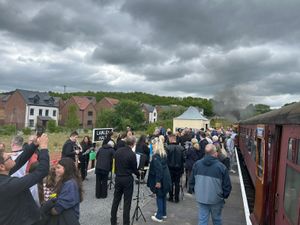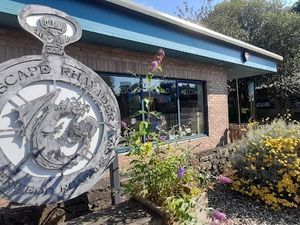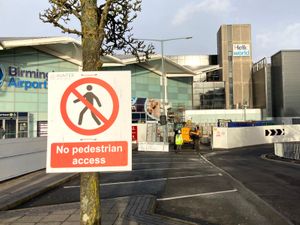Volunteers help to keep Severn Valley Railway on track
Volunteers have helped to save the Severn Valley Railway thousands of pounds by completing specialist repair work that would otherwise have been carried out by private firms.
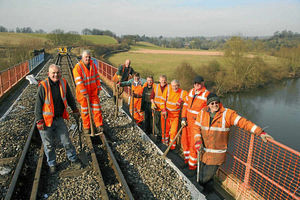
Twenty-three people worked through sub-zero temperatures and snow on the line's Victoria Bridge to save the heritage attraction about £40,000 in repair costs.
The volunteers, who usually numbered six or seven, worked on the bridge every day for around a month to replace 56 two-inch thick timber planks.
These planks hold in place the ballast on which the railway tracks sit.
But the planks were nearing the end of their life, and for some time trains had been crossing the bridge at 5mph instead of 15mph as a precaution.
The project, which began on February 11, was completed on March 5, several days ahead of schedule, including a week's break for half-term.
The Victoria is a 200ft single span railway bridge which crosses the River Severn between Arley and Bewdley.
The cast iron bridge, which is Grade II listed, was opened in 1861.
Chris Bond, SVR Infrastructure Manager, said it was difficult to put a value on the work carried out all year round by volunteers.
He said: "When the volunteer track gang learned that it would cost £40,000 to buy in labour and materials to replace the rotted framework, which keeps the ballast in place, they decided to do the work themselves.
"After a little design ingenuity and just over a month of honest hard labour, the volunteer track gang, who are all members of the Railway's Permanent Way Department, replaced the rotted oak framework with welded steel mesh panels.
"The work should last for 25 years and it's been a fantastic effort by the volunteers, which has saved us a considerable amount of money."
The work was carried out under the direction of volunteer project leader, Keith Brown, from Abberley, who designed the steel mesh panels, sourced the material and helped with the installation. Steel tie rods were fitted to the mesh facings either side of the track to enhance the metal cages.
To maintain the 'period' appearance of the track, and to comply with planning requirements, the steel mesh will eventually be fitted with timber facings.

